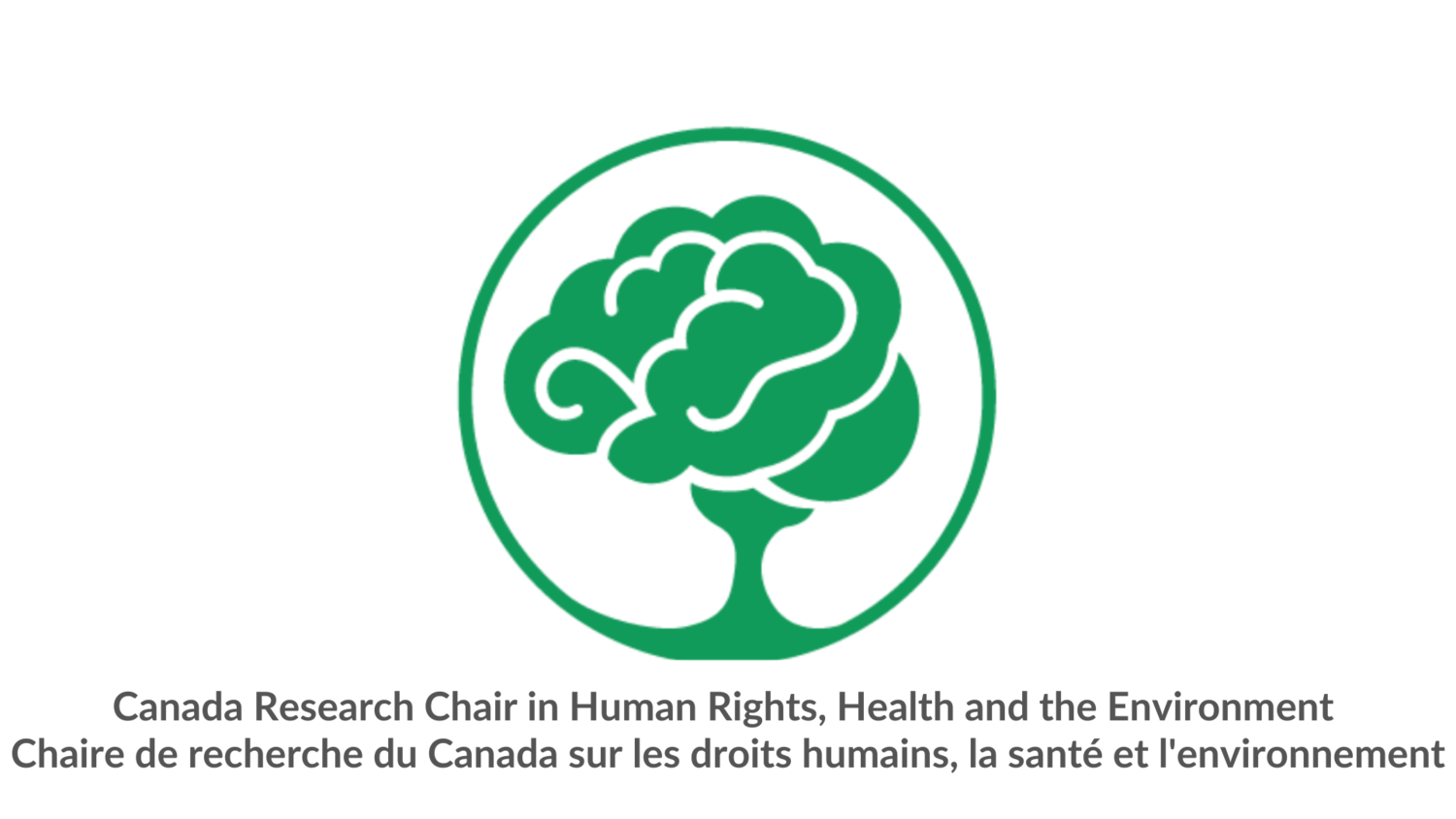Dr. Sébastien Jodoin (McGill University) and Dr. Brian E. Robinson (McGill University), with contributions by Dr. Alain Frechette (RRI), Isabel Davila Pereira (RRI), Teresa Paterson (RRI), and Rebecca Iwerks (Namati), have completed a systematic analysis of the carbon rights of the Rights Indigenous Peoples, Afro-descendant Peoples, and Local Communities in Tropical and Subtropical Lands and Forests in 33 countries for the organisation Rights, Climate & Conservation.
Due to limited progress in reducing carbon emissions in industrialized countries, global interest in using nature-based climate solutions (NbS) has never been greater among governments, corporations, and NGOs. In principle, NbS are meant to leverage multilateral, bilateral, and private finance to fund initiatives to protect, manage, and restore ecosystems to mitigate and remove carbon emissions while simultane- ously generating social and environmental co-benefits.1 However, many NbS schemes, especially those involving private carbon markets, have been criticized for their lack of transparency, climate integrity, and adverse social impacts on affected communities.2 Despite a growing lack of confidence in the purported benefits of the voluntary carbon market, carbon trading projects and investments continue unabated.3 As an indication of the growing demand for NbS, as of October 2024, 91 countries have signed or nego- tiated bilateral agreements or otherwise expressed their intention to collaborate in carbon market trans- actions and activities under Article 6.2 of the Paris Climate Agreement.4 If fully realized, cumulative carbon removal activities in the net-zero pledges in these countries’ Nationally Determined Contributions (NDCs) would require NbS to cover an amount of land roughly equal to what is used globally for agriculture.5 Operationalizing a global carbon market under Article 6.4 raises further questions on how even greater demand for land-based carbon sequestration projects will play out on the ground. To date, NbS have prioritized actions with low opportunity costs in rural landscapes of developing regions, ignoring the primary drivers of deforestation, forest degradation, and biodiversity loss (that is, global sup- ply chains for agriculture, timber, mining, and other commodities).6 These initiatives frequently overlap with the lands and territories of Indigenous Peoples,7 local communities,8 and Afro-descendant Peoples.9 However, just over half (56 percent) of the lands known to be customarily held and used by these commu- nities have so far been legally recognized by governments.10 Because these are regions where land and carbon rights often lack clarity, are contested, or are otherwise unrecognized, NbS risk depriving commu- nities of their land and natural resource rights, which are often integral to their livelihoods and cultures. NbS activities that infringe upon the rights and tenure security of Indigenous Peoples, Afro-descendant Peoples, and local communities are not only inconsistent with international law, but they also generate uncertainty and conflict that jeopardizes the integrity and legitimacy of carbon sequestration schemes for governments and investors. Since UNFCCC CoP29 in November 2024 and the nominal approval of Article 6.4, the regulatory landscape has been rapidly changing. This report and accompanying data provide a snapshot of carbon rights in a world where there is massive institutional demand for carbon trading to work11 and significant uncer- tainty about whether market mechanisms will deliver credible, fair, and equitable results.12 This report examines the current state of play as countries prepare for the operationalization of Article 6.4, offering a systematic analysis of the recognition of the carbon rights held by Indigenous Peoples, local communities, and Afro-descendant Peoples in 33 countries in Africa, Asia, and Latin America as of August 2024.



